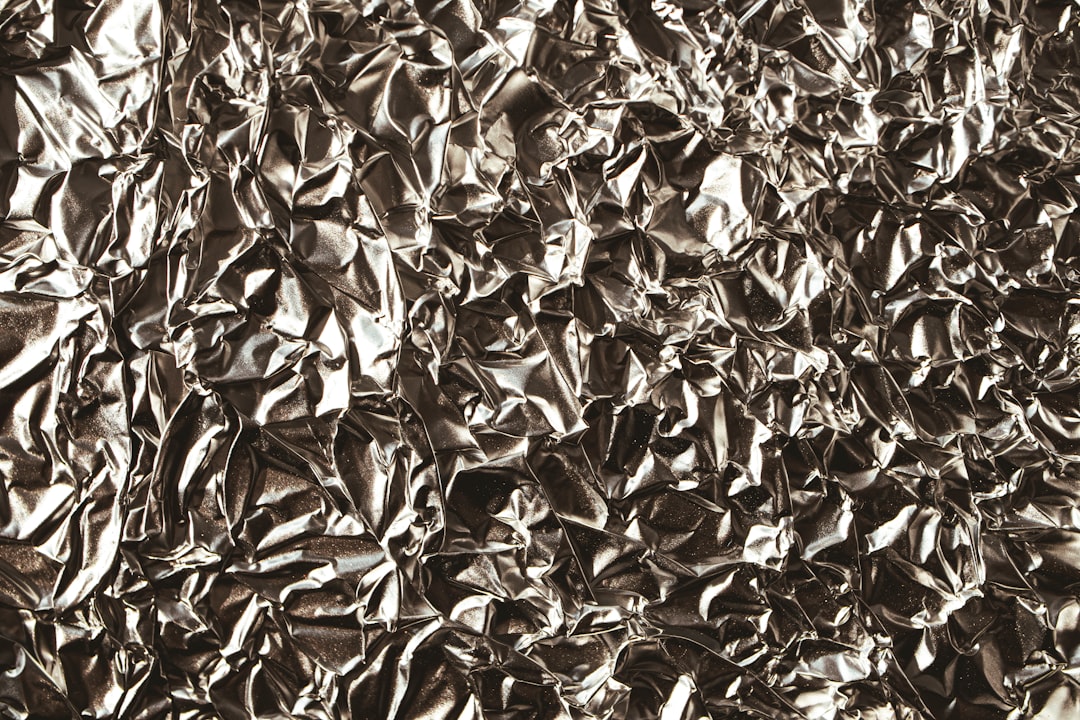body { font-family: sans-serif; line-height: 1.6; }
h1, h2, h3 { color: #333; }
img { max-width: 100%; height: auto; }
Steel, a ubiquitous material in construction and engineering, faces a formidable adversary in saltwater environments. The relentless assault of seawater, with its dissolved salts, oxygen, and microorganisms, accelerates corrosion, significantly reducing the lifespan of steel structures. Understanding the mechanisms of saltwater corrosion and employing effective mitigation strategies is crucial for ensuring the longevity and safety of coastal infrastructure, marine vessels, and offshore platforms.
The Mechanisms of Saltwater Corrosion on Steel
Saltwater corrosion is a complex electrochemical process. When steel is exposed to saltwater, an electrochemical cell is formed. The steel acts as an anode, losing electrons and oxidizing to form iron ions (Fe2+). These ions then react with oxygen and water to form iron oxides and hydroxides, commonly known as rust. The cathodic reaction, where oxygen gains electrons, typically occurs at less reactive areas on the steel surface. The presence of chloride ions (Cl–) in saltwater is particularly damaging. They penetrate the passive oxide layer formed on the steel surface, disrupting its protective function and accelerating the corrosion process. This process is further exacerbated by factors such as temperature, salinity, oxygen concentration, and the presence of other dissolved substances.
Choosing the Right Steel Alloy for Saltwater Applications
Not all steels are created equal when it comes to saltwater resistance. The choice of steel alloy is a critical factor in determining its durability in these harsh environments. High-strength low-alloy (HSLA) steels, while offering excellent strength, generally possess limited corrosion resistance in saltwater. Stainless steels, particularly those containing high levels of chromium (e.g., 316 stainless steel), exhibit significantly enhanced corrosion resistance due to the formation of a protective chromium oxide passive layer. However, even stainless steels can be susceptible to corrosion in highly aggressive saltwater environments, especially in the presence of chlorides. Weathering steels, also known as Corten steel, develop a stable rust layer that protects the underlying steel from further corrosion. While aesthetically pleasing, their corrosion resistance is not as high as stainless steel and requires careful consideration of the application.
Protective Coatings: A Crucial Defense Against Saltwater Corrosion
Protective coatings play a vital role in extending the lifespan of steel in saltwater environments. A variety of coatings are available, each with its own strengths and weaknesses. Zinc-rich primers provide cathodic protection, sacrificing themselves to protect the steel. Epoxy coatings offer excellent barrier protection, preventing saltwater from reaching the steel surface. Other options include polyurethane, vinyl, and acrylic coatings. The selection of the appropriate coating system depends on factors such as the severity of the environment, the required lifespan, and cost considerations. Proper surface preparation before coating application is crucial for ensuring adhesion and optimal performance. Regular inspection and maintenance of coatings are also essential to prevent degradation and maintain their protective function.
Cathodic Protection: An Electrochemical Solution for Saltwater Corrosion
Cathodic protection is an electrochemical technique used to mitigate corrosion by making the steel structure the cathode in an electrochemical cell. This is achieved by applying a negative potential to the steel, preventing it from oxidizing. There are two main methods of cathodic protection: sacrificial anodes and impressed current cathodic protection (ICCP). Sacrificial anodes, typically made of zinc or magnesium, corrode preferentially, protecting the steel structure. ICCP involves using an external power source to provide the necessary current to protect the steel. Cathodic protection is particularly effective in highly corrosive saltwater environments and is commonly employed for pipelines, marine structures, and offshore platforms. Careful design and monitoring are necessary to ensure effective and efficient protection.
Maintenance and Inspection: Extending the Life of Steel in Saltwater
Regular inspection and maintenance are vital for maximizing the lifespan of steel structures in saltwater environments. Regular visual inspections should be conducted to identify signs of corrosion, such as rust, pitting, or cracking. Non-destructive testing (NDT) techniques, such as ultrasonic testing and magnetic particle inspection, can be used to detect subsurface corrosion. Repairing damaged areas promptly is crucial to prevent further corrosion. This may involve removing corroded material, applying protective coatings, or implementing cathodic protection. A well-defined maintenance plan, tailored to the specific conditions and the type of steel used, is essential for ensuring the long-term integrity and safety of steel structures in saltwater environments.
By carefully considering the factors discussed above, engineers and designers can significantly improve the durability of steel structures in saltwater environments. The combination of appropriate alloy selection, protective coatings, cathodic protection, and a comprehensive maintenance program is key to conquering the corrosive challenges of the coast.
SEO-Friendly Tags:
- Saltwater Corrosion
- Steel Durability
- Marine Steel
- Corrosion Protection
- Cathodic Protection




